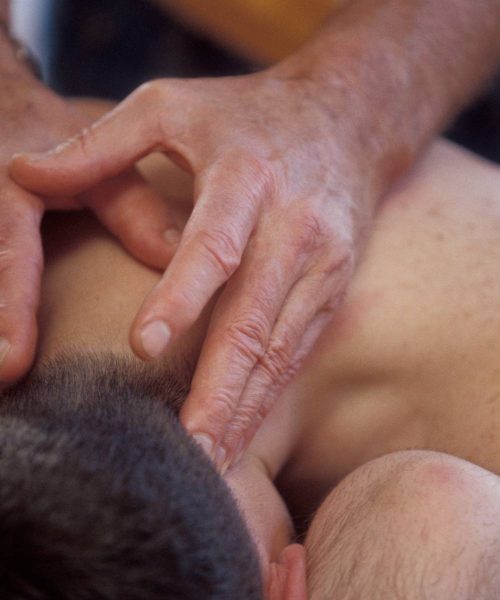Introduction
Welcome to our comprehensive guide on breakdancing, a captivating form of dance that has gained immense popularity in street dance competitions. Originally known as B-boying or breaking, breakdancing emerged from the vibrant hip-hop culture, with street DJs providing the beats for dancers to showcase their skills. In this article, we will explore the history, cultural influences, and global impact of breakdancing.
Origins and Cultural Influences
While breakdancing gained prominence in the 1970s during the rise of hip-hop culture in African American communities, its roots can be traced back to West African dance traditions. Elements of raw jumping and jiggling can be found in traditional dances from West African countries. These expressive movements eventually evolved as breakdancing made its way to the streets of New York City.
Breakdancing as a Cultural Movement
Breakdancing played a significant role in the Bronx during the late 1960s and early 1970s. The Zulu Kings, led by Africa Bambaataa, utilized breakdancing as a means to redirect aggression and settle disputes that often arose from gang conflicts. By channeling their energy into performing arts, specifically dance, Bambaataa aimed to create a peaceful outlet for the youth in the community. The phrase “break it down” took on a new meaning as breakdancing became a way to break up fights and showcase skills instead of resorting to violence.
The Rise of B-Boys and B-Girls
The breakdancing culture gave birth to a new generation of dancers known as B-boys and B-girls. These talented individuals immersed themselves in the art of breakdancing, honing their skills and pushing the boundaries of creativity and physicality. The term “break boys” or “break bets” became synonymous with breakdancers, showcasing their dedication and commitment to the craft. With the rise of hip-hop music in the 1970s, breakdancing became inseparable from the infectious beats and rhythms that fueled the dance moves.
Global Spread and Popularity
As breakdancing continued to captivate audiences, its popularity spread beyond the streets of New York City. The influence of breakdancing reached international shores, with Japan, Europe, and other parts of the world embracing this vibrant dance form. The introduction of breakdance crews like Rock Steady played a crucial role in popularizing breakdancing and inspiring a new generation of dancers. Annual street dance competitions emerged, attracting thousands of crew members from around the world, eager to showcase their skills and creativity on the global stage.
Breakdancing Today
In the present day, breakdancing has become a global phenomenon, with dedicated dancers, events, and competitions taking place worldwide. The dance form continues to evolve, with breakdancers pushing the boundaries of what is possible through intricate footwork, acrobatics, and innovative moves. Breakdancing has also gained recognition as a legitimate art form, with professional dancers showcasing their talents in music videos, movies, and live performances.
Embracing the Breakdancing Culture
Whether you’re an aspiring breakdancer or simply an admirer of this dynamic art form, there are numerous ways to immerse yourself in the breakdancing culture. Join local dance studios or community centers that offer breakdancing classes, where you can learn the fundamental moves and techniques from experienced instructors. Engage with online communities, watch tutorials, and connect with fellow breakdancing enthusiasts to expand your knowledge and skills. Remember, breakdancing is not just about the moves; it’s about self-expression, creativity, and being part of a vibrant community.
Conclusion
Breakdancing has come a long way since its early days in theBronx, New York. From its roots in West African dance traditions to its global impact as a cultural movement, breakdancing has captivated audiences around the world. Its evolution and influence continue to shape the dance landscape, inspiring new generations of dancers to push their boundaries and express themselves through this dynamic art form.







